The Glasgow Coma Scale explained
The challenges facing one who was suffered a traumatic brain injury in Missoula have been detailed on this blog in the past. Yet it is important to remember that not every TBI (or its after-effects) are the same. One’s long-term prognosis following a TBI will likely have a strong influence on his or her decision (or that of his or her friends or family) to seek compensation to help cover any expenses related to it. According to study data cited by the website brainline.org, 2.8 million people in the U.S. suffer some form of TBI every year. The question is whether there is a way to know what the outcomes of these injuries may be?
A clinical indicator has been developed to attempt to assess one’s TBI prognosis called the Glasgow Coma Scale. This scale measures the responses demonstrated by one who has suffered a TBI in the immediate aftermath of the event. These responses include:
- Visual
- Verbal
- Motor
Information shared by the Centers for Disease Control and Prevention shows that point values are assigned in each of the three response categories (1-4 for visual, 1-5 for verbal, 1-6 for motor). Higher scores in each category indicate a standard response to external stimuli, while lower scores are assigned when one demonstrates a delayed response (or none at all).
Based off this breakdown, one may be able to guess that a TBI victim with a higher GCS score has a much higher likelihood of recovery and of avoiding any long-term debilitating effects. Those with a score between 3-8 are viewed as being in a complete coma, which could contribute to a higher chance for experiencing severe brain damage.




